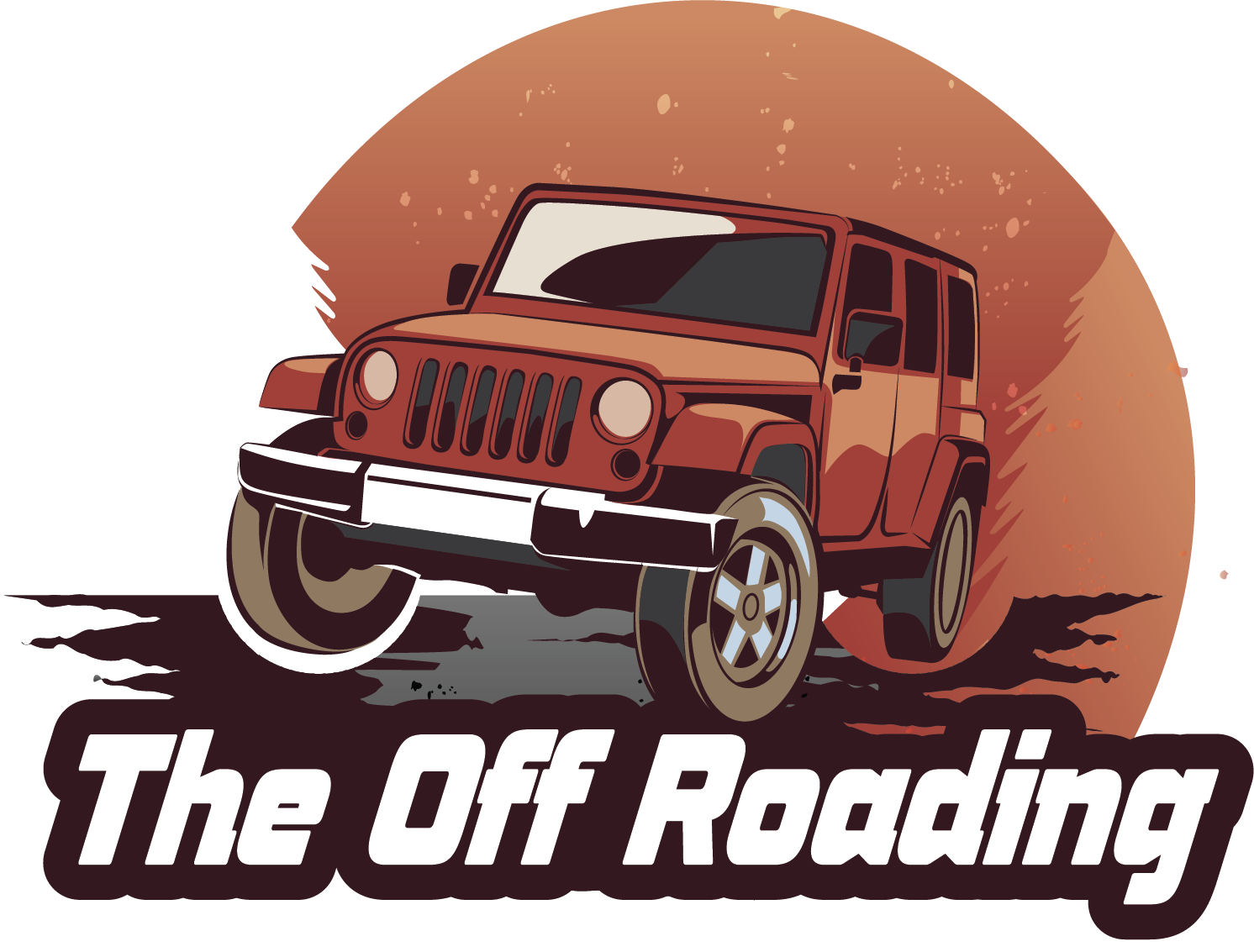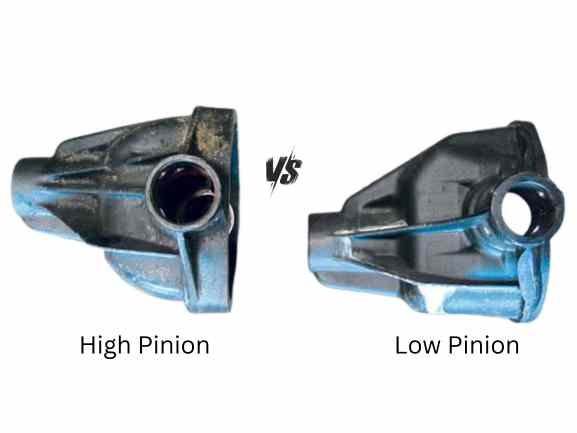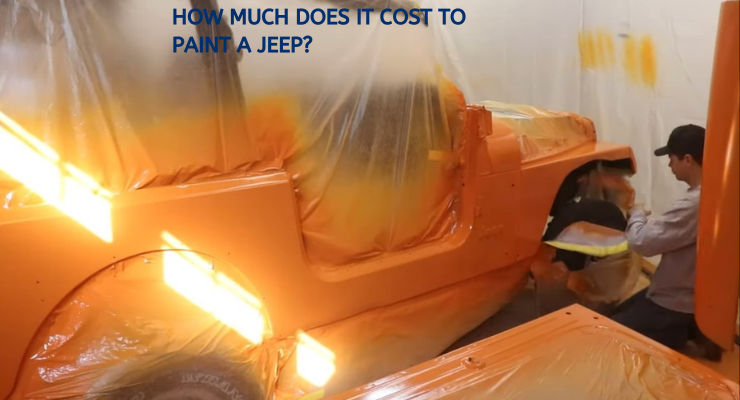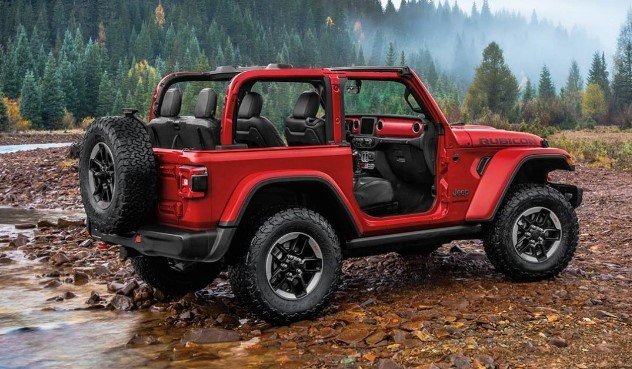High Pinion Vs Low Pinion: The Real Differences Explained
The main difference between high and low pinion is in their axle positioning. Low pinion sits below the centerline of the axle housing, whereas high pinion is above the centerline. Plus, high-pinion vehicles have more ground clearance than low-pinion ones. It gives the high pinion 4X4 SUVs or trucks better off-roading performance. Also, vehicles with high-pinion setups are relatively more expensive.
The axle position in your car or SUV is crucial for smoothness, performance, steering support, shock absorption, and drivability. Hence, while choosing vehicles you must know the difference between high-pinion vs. low-pinion axle positioning, their different applications, benefits and disadvantages.
It is particularly critical in 4X4 vehicles for outstanding off-road driving experience. So, continue reading as we discuss everything about low and high-pinion axle position and their different uses to provide you the best driving experience.
What Is A High Pinion vs Low Pinion Setup?
When buying a vehicle, you must know what is a high pinion vs a low pinion. A high-pinion vehicle is one with the axle sitting above the centerline, and in a low-pinion vehicle, the axle will be below the centerline. Their difference lies in gear placement, off-roading performance, ground clearance, etc.
| Aspect | High Pinion | Low Pinion |
| Gear Placement | Above the axle centerline | Below the axle centerline |
| Gear Strength | Increased strength | Reduced strength |
| Ground Clearance | Improved clearance | Reduced clearance |
| Traction | Enhanced traction | Slightly compromised |
| Off-Road Durability | Better off-road performance | Adequate off-road performance |
| Maintenance Requirements | Moderate | Moderate |
| Cost Considerations | Often expensive | Generally Affordable |
High Pinion Vs Low Pinion Differences
High-pinion and low-pinion setups are different in their ring and pinion gear placement above or below the centerline. The placement difference of the gear and ring impacts the actual performance, off-road drivability, etc., on vehicles.
High-pinion axle setups have improved and enhanced gear strength. The gears are better positioned to withstand heavy loads and impacts with better ground clearance. Also, the drive side of the gear will face the high pinion that makes the setup stronger.
Also, it helps in delivering more engine torque. On the other hand, in low pinions, the coast side faces the axle. The coast side of vehicle gear is generally weaker, which makes the low pinions slightly nimble, too.
Henceforth, high pinions are popular in off-road applications. The higher placement also contributes to improved ground clearance. It is crucial to navigate rough and deep terrain. Additionally, high axles have enhanced traction that maintains better contact with the ground when going through bumpy terrains. It reduces the risk of accidents.
As you see Dana 30 high pinion vs low pinion differences, you will find that low pinion setups slightly compromise with gear strength. It is because the gear faces the weaker coast side. However, they are more affordable and easier to maintain. So, it is suitable for everyday vehicles and light off-roading.
Advantages of High Pinion:
High-pinion vehicles enjoy better ground clearance with improved driveline angle. Also, they have better strength with increased ground contact for off-road driving.
Improved Ground Clearance:
In high-pinion vehicles, the pinion gear will be higher in the axle housing. It will increase ground clearance. Naturally, it reduces the risk of the axle and gear hitting obstacles like the ground, rocks, and roots. It is especially beneficial for off-road vehicles when you drive through rough terrains.

Better Driveline Angle:
High-pinion axles have a more favorable driveline angle. It offers enhanced angle placement between two different shafts. The increased angle reduces driveline vibrations and improves the durability of the drivetrain components.
As a result, the drivetrain components of your vehicle will enjoy enhanced longevity. It is particularly important for vehicles with a higher driving frequency. Also, the right drivetrain angle will improve the easiness of driving through rough terrains. For instance, Currie high pinion 9 offers maximum driveshaft clearance with a 2.25° angle for maximum driving comfort.
Increased Strength:
High-pinion axle position is typically stronger and more durable than low-pinion ones. The design ensures better gear mesh with easy transmission between them. Also, it contributes to better load distribution.
Since the load management and gear transmission becomes better, the vehicle can handle higher torque loads. So you can drive the car at its peak potential and capacity.
Enhanced Traction:
In certain off-road situations, a high pinion can provide better traction. It happens as the pinion gear maintains more consistent contact between the drive wheels and the terrain. So, the vehicle remains safe and grounded with excellent drivability.
Disadvantages of High Pinion:
- High-pinion axles are more expensive compared to low-pinion differentials.
- The higher position of the gear makes it more susceptible to damage in certain off-road situations, including large obstacles.
- High-pinion vehicles have reduced stability in on-road driving conditions of their higher center of gravity.
Advantages of Low Pinion:
Vehicles with low pinion enjoy excellent stability, easy maintenance, and better driveshaft angling capacity. Also, it is found in more cars and sedans.
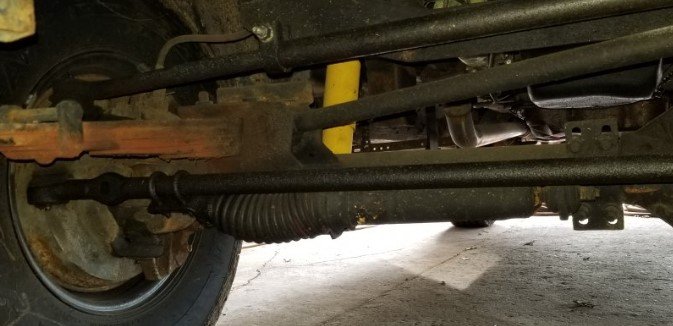
Improved Stability:
Low-pinion axles have a lower center of gravity for the vehicle. Hence, it contributes to improved stability, especially in on-road driving conditions. It is important for vehicles that you primarily drive on paved surfaces, including cities and regular highways.
Reduced Driveshaft Angle:
The lower position of the pinion gear results in a less extreme driveshaft angle. It reduces wear and tear on drivetrain components and minimizes driveline vibrations. So, when driving through rough terrains, you can enjoy peace of mind with minimal vibration. It also ensures further driving comfort.
Easier Maintenance:
Low pinion setup is easier to access and work on than the high pinion ones. This is because the gear is located lower in the axle housing. As you can access the gear more easily, it makes maintenance and repairs more straightforward.
Cost-Effective:
Low-pinion differentials are less expensive to get and install than high-pinion axles. So, they are a more cost-effective option for vehicles that don’t require the advantages of a high-pinion design. Also, you will find them in regular cars and sedans for frequent use.
Disadvantages of Low Pinion:
- Low pinion can limit ground clearance, making them less suitable for off-road vehicles.
- Low-pinion axles may not be as robust as high-pinion ones. It limits their ability to handle heavy loads and high torque.
- The lower position of the gear results in extreme driveshaft angles. It causes driveline vibrations and accelerates wear on drivetrain components.
Applications of High and Low Pinion:
High-pinion setups are preferable for off-road vehicles such as 4X4 SUVs, rock crawlers, and trail rigs. It’s because for these vehicles, durability, ground clearance, and traction are essential for tackling tough terrain. And the high-pinion setup is capable of providing all these necessities. Plus, they are popular in heavy-duty trucks and SUVs used for towing and hauling heavy loads.
On the other hand, you will see the applications of low-pinion axles, mostly in everyday vehicles. It mainly includes sedans and light-duty trucks. Nonetheless, you might see them in some off-road vehicles that are more affordable.
Manufacturers use the low pinion in SUVs if extreme performance is not the primary concern. The affordability and versatility make the low pinion vehicles a practical choice for regular and frequent uses.
Off-Roading Performances:
High pinions excel in off-road performance due to their superior ground clearance and traction. So you can navigate obstacles more effectively with it. Plus, the gear placement provides better stability. It reduces the risk of getting stuck in bumpy road conditions.
Additionally, with enhanced gear strength, they can withstand the stresses of off-roading. Although the low-pinion system offers adequate off-roading performance, it is not as good as the high-pinion vehicles.
Maintenance and Durability
Both high-pinion and low-pinion setups have moderate maintenance requirements. The maintenance mainly includes regular gear oil changes and inspections. High-pinion setups may require slightly more attention due to their complexity. Nonetheless, their durability often justifies the maintenance effort.
Low-pinion axles are easier to maintain, thanks to their easy access. So, they are suitable for a hassle-free ownership experience.
Cost Considerations:
High-pinion setups are pricier upfront due to their enhanced features. For instance, the housing of the Dana 30 high pinion used in the Jeep Wrangler is priced around $25. The higher price is justified thanks to their long-term durability and improved driveshaft clearance it offers.
Low-pinion axles, on the other hand, are more budget-friendly initially. Therefore, they are a sensible choice for those with limited budgets. Also, in regular sedans and many SUVs, you will see low pinion as part of cost reduction.
Real-Life Examples of Low and High Pinion
Real-world examples of vehicles with high pinion include the Jeep Wrangler Rubicon and Toyota Land Cruiser, known for their off-road prowess. Plus, Ford Super Duty Trucks such as the F-250 and F-350 have high pinion in their front axles for improved load-bearing capacity.
On the other hand, you will see low-pinion axles in everyday vehicles like the Toyota Camry and Ford F-150. It mainly showcases their versatility in common applications. On top of it, Jeep Wrangler TJ (1997-2006) models use the low pinion both in its front and rear axle.
Manufacturers often choose the system from Dana for their excellent axle-making reputation. Dana 60 high-pinion axles are often chosen for their strength and off-road performance. Conversely, most manufacturers choose Dana 44 low-pinion axles for lighter-duty vehicles.
Expert Opinions
Expert off-road enthusiasts often praise high-pinion setups for their unmatched performance in challenging terrain. According to seasoned off-roaders, high-pinion axles are exceedingly well-equipped to tackle rock crawls and steep inclines. For instance, Josh H. in Motor Trend recommended that high-pinion axles are stronger because the normal drive side receives the engine torque. The drive side is stronger than the coast side, which faces the low pinion mechanism, making it a weaker choice.
Also, users on Mall Crawlin.com suggested that low pinion is suitable for regular vehicles. And if you drive vehicles in tough terrains frequently, you should go for high-pinion axles. Most experts and users acknowledge that low-pinion axles are the right choice for less demanding situations, where cost and maintenance simplicity are crucial.
Maintenance Tips for Both High and Low Pinions:
Undoubtedly, regular maintenance is crucial to keep both the high or low pinion axles in top shape. For this, you should change the gear oil for every 30000 to 50000 miles. Also, you must inspect the gears for signs of wear and address any leaks promptly. Often, high pinions after a long off-road drive might have some minor wear and tear. So, check them for damages and fix them immediately.
On top of that, proper tire maintenance is vital to maximize friction and strain on the axles. If the tire and wheel are damaged, it puts pressure on the axle. So, ensure that the tire has recommended air pressure and the wheels are in pristine condition.
Final Thoughts
High pinion vs low pinion vehicles has different applications. For daily drives, you can confidently choose low-pinion axles, and for off-roading, you should opt for high-pinion ones. Always remember that the key to a better driving experience is proper maintenance of your vehicle. Also, the way you handle your vehicle goes a long way in ensuring comfort and safety. So, irrespective of the pinion types, focus more
